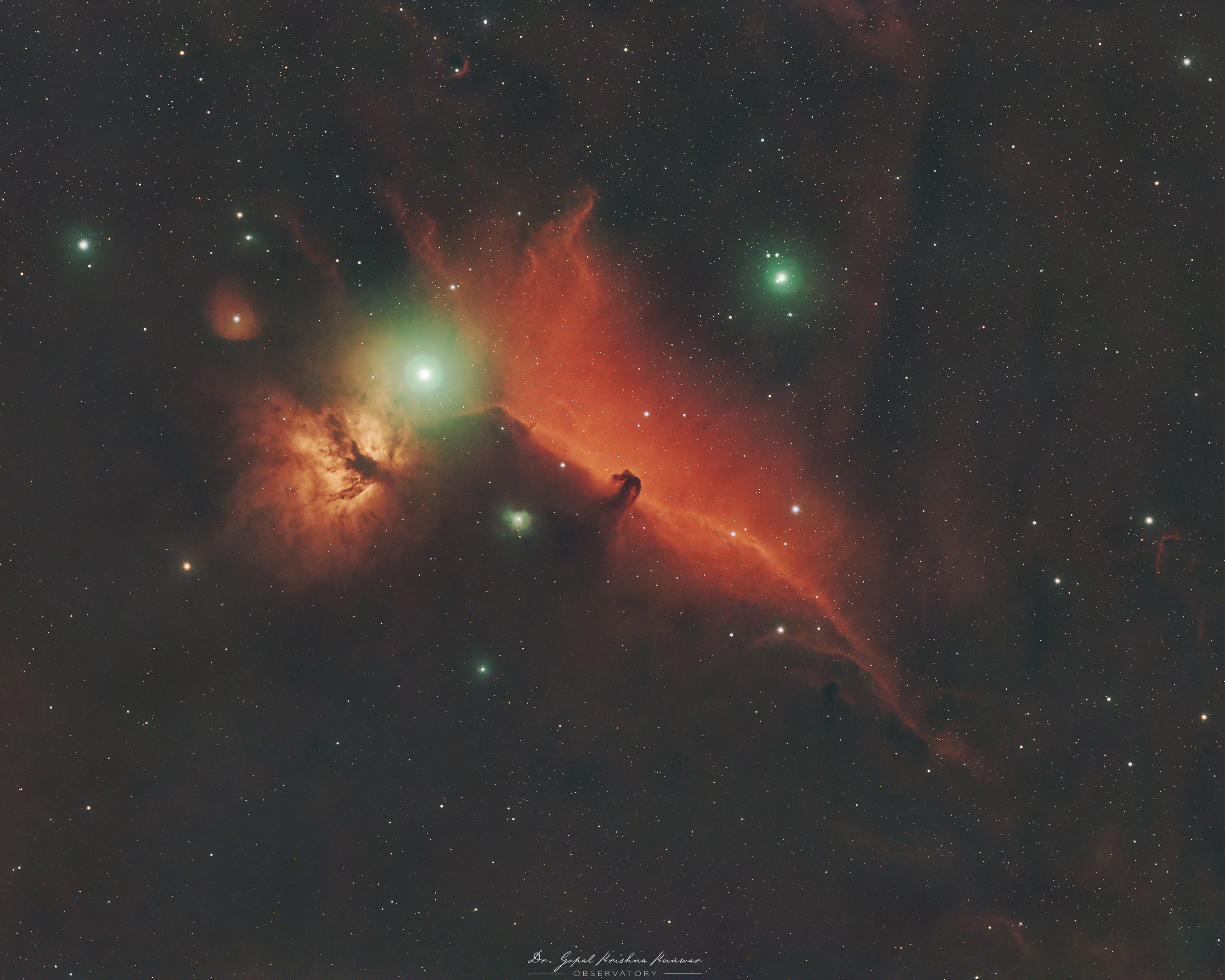The Triangulum Galaxy: A Spiral Beauty in the Local Group
The Triangulum Galaxy, also known as Messier 33 (M33), is a spiral galaxy located approximately 3 million light-years away from Earth in the constellation Triangulum. As the third-largest member of the Local Group—a family of galaxies that includes the Milky Way, Andromeda (M31), and their smaller companions—M33 offers astronomers and astrophotographers a window into the wonders of a neighboring galactic system.
This stunning image captures the intricate details of M33, from its sprawling spiral arms to its star-forming regions, interstellar dust lanes, and glowing knots of hydrogen gas. The galaxy spans approximately 60,000 light-years across, making it about half the size of our Milky Way. Its orientation—facing us almost perfectly face-on—allows us to observe its structure in great detail, highlighting its natural elegance and complexity.
Notable Features of M33
Star-Forming Regions: M33 is a galaxy teeming with active star birth. One of its most prominent features is NGC 604, a massive H II region where new stars are being born. NGC 604 is among the largest star-forming regions in the Local Group, spanning nearly 1,500 light-years—an incredible celestial nursery that rivals even the iconic Orion Nebula in scale and activity.
Rich Stellar Population: The Triangulum Galaxy is home to billions of stars, ranging from young, hot, blue stars in its spiral arms to older, cooler, red stars that populate its core. The intricate spiral structure of M33 hosts clusters, stellar associations, and dark dust lanes that weave through the galaxy’s luminous arms.
Galactic Neighborhood: M33 plays a fascinating role in the Local Group's dynamics. It is thought to orbit the much larger Andromeda Galaxy (M31), and recent studies suggest gravitational interactions between the two galaxies. These interactions may have influenced M33's structure and star formation over billions of years.
The Triangulum Galaxy (M33) – A stunning face-on spiral galaxy showcasing vibrant star-forming regions and intricate dust lanes, captured with remarkable detail under pristine skies.
This image, a result of just 1.5 hours of integration time, benefits significantly from the pristine, dark skies of the Utah Remote Observatory. Despite the relatively short exposure time, the clarity and detail achieved highlight the galaxy’s fine structures—glowing star-forming regions, faint dust lanes, and the multitude of background galaxies visible throughout the frame
Acquisition details:
Imaging Telescope: 11" F2.2 RASA astrograph
Imaging Cameras: ZWO ASI071 MC
Aperture: 279 mm
Focal Length: 620mm
F/Ratio: 2.2
Mount:Paramount ME II
Total Integration: ~1.5 hours (2 minute sub-exposures)
Total Integration: ~1.5 hours (2 minute sub-exposures)






















